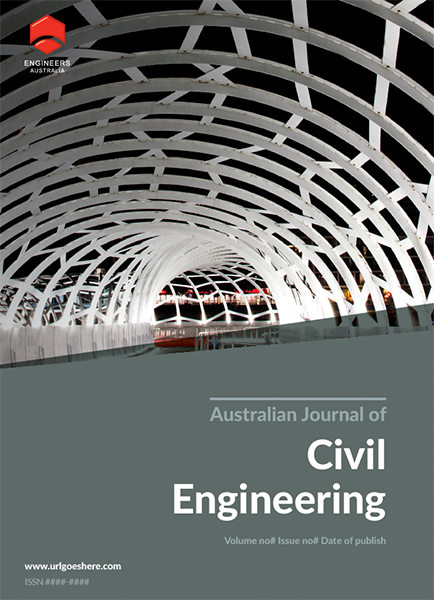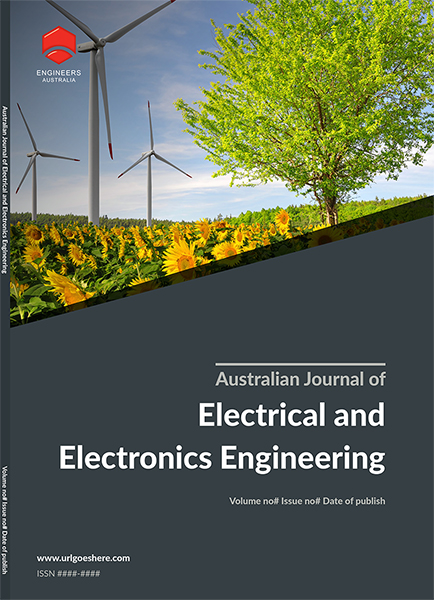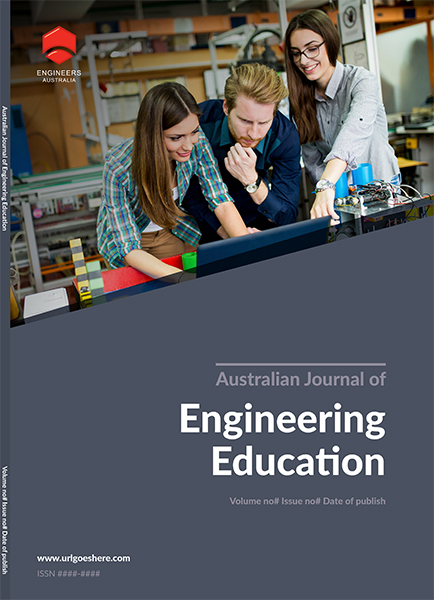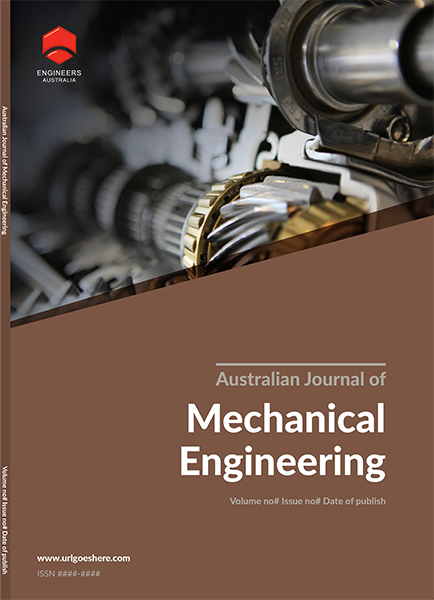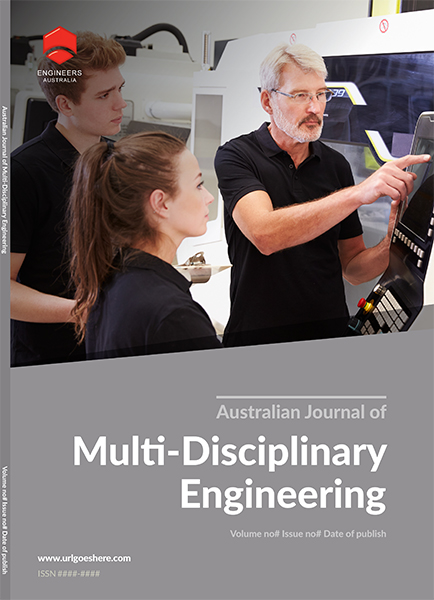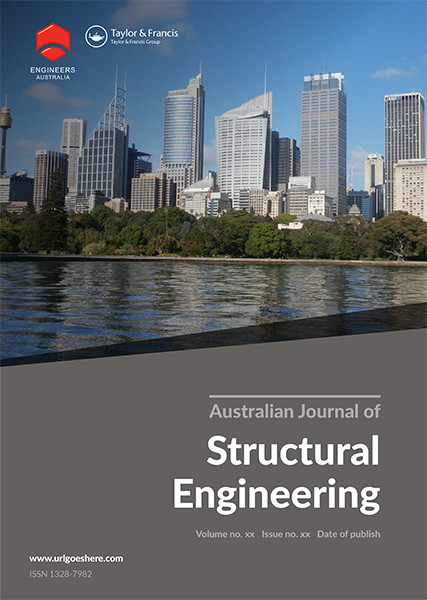Publication library
The engineering profession: a statistical overview, 15th edition
This report provides high-level insights about the engineering profession for the period 2016–2021. It contains the empirical data required to make decisions to develop an engineering workforce that will be the backbone of a sustainable, safe and energy efficient future.
This edition is complemented by an interactive dashboard which allows you to explore the data.
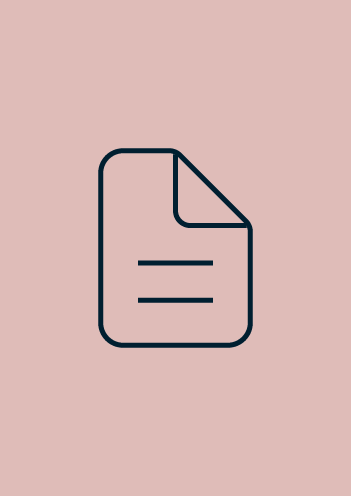
Engineers Australia annual plan 2023-24
Engineers Australia's annual plan 2023-24 outlines key outcomes the business is striving to achieve this year.

Engineers Australia strategy 2023-24
Australian Engineering Employment Vacancies - January to December 2022
The growing shortage of critical engineering skills throughout Australia is major risk to all infrastructure, defence and renewable energies projects, generating significant project delays and cost blowout throughout the country. In the Australian Engineering Employment Vacancies report, Engineers Australia is offering you an analysis of the current engineering labour market in Australia across all states and territories.
Queensland water policy: water governance for a resilient future
Engineers Australia has developed this water policy statement to suggest a way toward a prosperous, sustainable and resilient future.
Australian engineering employment vacancies: July to December 2021
An investigation into the engineering employment vacancies in Australia during the period July to December 2021.

Our position on climate change
Engineers Australia recognises the scale and urgency of the challenges presented by climate change, the disruptions it causes, and the pivotal role of engineering in enabling a socially just transition to a sustainable society.
The COVID-19 pandemic and HVAC
This paper is designed to elicit feedback that will inform decisions by Engineers Australia on its potential role regarding improving engineering practice for management of air in the built environment, especially in the context of COVID-19 and future pandemics
Professional indemnity insurance action plan
Engineers Australia has developed a three-staged action plan to guide the activities needed to support its members and improve the risk profile of the profession. The plan includes short, medium and long term actions.
Barriers to participation in engineering and the value of interventions to improve diversity
Despite considerable effort, there is still much to be done to improve girls’ participation in STEM education and careers. The Engineering for Australia Taskforce has appreciated the need to act based on four issues they have identified. This paper reviews the international research literature that not only focuses on barriers to girls’ participation in engineering, but more importantly focuses on the value of interventions to improve diverse participation in engineering.
Engineering in the Australian curriculum F-Year 10 and Senior Secondary
There is no discrete definition of engineering or engineering capabilities in the Australian curriculum, unlike mathematics, science and technology. Rather, for foundation to year 10, engineering is addressed primarily across three learning areas: science, technologies and mathematics and through a specific focus on engineering principles and systems in the design and technologies strand within technologies learning area.
Registration of engineers: a case for statutory registration
Building confidence: how to use engineers to improve building and construction
Engineers Australia’s Diversity and Inclusion Positioning Statement
Australia's next generation of engineers: university statistics for engineering
This report presents Australian higher education statistics for engineering to 2018, focusing on the contribution of engineering education to increasing the national supply of engineers. It also provides detailed statistics for each state and territory and a discussion about the distribution of course commencements and completions between them.
CEO roundtables: COVID-19: busines as unusual
Engineering responses to climate change roundtable
Engineers Australia held a climate change roundtable in Sydney on 26 February 2020, attended by many leading industry groups and organisations. This report summarises the major findings and discussions.
Report on the fire safety verification model
Fire safety engineers from across Australia tested the Fire Safety Verification Method (FSVM) in the 2019 National Construction Code, using six different typical case studies of performance-based designs that were typical of projects being undertaken at the time. They followed the methodology in the FSVM and associated handbook to identify the benefits and disadvantages of this approach.
If you're a member you can access these technical journals free of charge.
Login to the portal, click on the products and services tab and then choose information resource centre to get access.
We work with publishing house Taylor & Francis to publish technical journals and encourage members to submit their own papers.
Order an Engineers Australia paper
Please fill out the form below to make your request.

